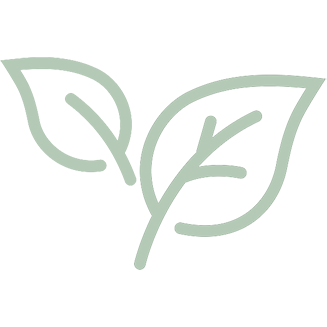Programming at Flinders is framed by the Early Years Learning Framework and the centre philosophy, and is deeply rooted in play. Generally speaking, programming draws on children’s interests, key learning areas, and is specific to the context. So the Baby House program will look different to the Sturt House program, but there will be consistent and recognisable themes or ideas through both.
The programs at Flinders are typically based on two key and intersecting areas; environments and interactions (provocations). Today we will talk about the environmental aspects of the program, and next time we will talk about interaction and provocation.
We believe that children learn best through resourcing their own learning and having access to a range of different resources and spaces. This belief is based on Waldorf and Steiner theories of education, Vygotsky’s theory of children as actively engaged in their own learning, and the Reggio Emilia approach. When you pull different elements of each of these key theories together, the value of the physical environment is emphasised and everything from the colour of the walls to the volume of the music playing becomes significant.
When we are planning for children’s learning (programming), we consider all aspects of the environment. Some things, like the colour of the walls, are mostly fixed, and require long term negotiations to change. Other things, like the music that is playing, the books and resources that are available, and how these are presented, are flexible and can change on a daily (even hourly) basis. This is where educators must become intentional and think deeply about the environment.
Program planning takes into account the previous program, house goals, documentation, the program evaluation, the EYLF and the philosophy. Once educators have ascertained what is inspiring and what isn’t, they begin planning environments for the next month. This could include (and is not limited to) what resources are available and where, key texts (books or stories), key music, the kinds of art media available, and anything else that is movable. The point of these environments is to inspire children; inspire them to question, wonder, create, collaborate, revisit, explore and think differently. The environment itself is a tool for learning.
Thinking about programming in terms of environments, or planning through environments, allows children the opportunity to resource their own learning, become independent, and explore ideas in ways that are relevant to them. Planning environments that are flexible, open ended and inspiring creates a space that fosters and encourages learning intrinsically. The more self motivated children are in their own learning, the deeper and more relevant their learning experiences will be.
So how do we extend children’s thinking through the environment? How do we provoke a change in thinking without language?
We think about the resources the child might be using to explore a particular idea or theory and put them somewhere new, somewhere related to their theory that they may not go to themselves (eg. taking the cars from the car track to the sandpit).
We think about what is nearby the resources the child might be using and add or remove things to encourage a deeper exploration (eg. adding animals to the blocks).
We think about what the child has been using and offer something that might be different, but have similar properties (eg. if a child has been using play dough for a while, we might offer them clay).
We might think about the theme the child has been exploring and offer something that fits that theme but is completely new (eg. if a child has been exploring dramatic play with model horses, we might offer them hobby horses or horse costumes or books about horses or music about horses).
When we consider environments to be a tool for learning, we recognise the child’s competence as a learner. We acknowledge that children are capable of choosing learning experiences, challenging their own ideas and extending their thinking. We are supporting the child’s right to choose, their right to make decisions, their right to have power within their environment. By planning environments for learning we are building a foundation that can then be added to by socially constructed knowledge, educator supported learning, and peer based learning.
You can read about and download the Early Years Learning Framework here:
http://deewr.gov.au/early-years-learning-framework

